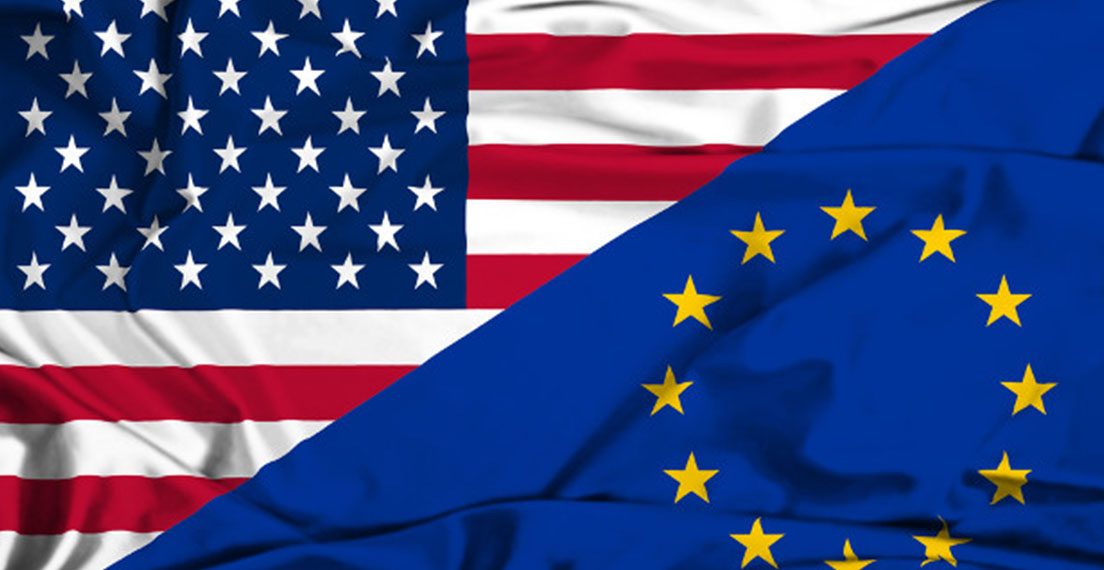The Art of the (US-EU) Deal
By Ben Conner, USW Vice President of Policy
On July 25, we received excellent news after a meeting between U.S. President Donald Trump and EU Commission President Jean-Claude Juncker: the United States and European Union had agreed to work towards a trade deal and hold off on any additional tariffs.
Excellent news because the apparent direction prior to the meeting was toward opening another massive trade dispute across the Atlantic on a similar scale to the one happening across the Pacific with China. The ongoing Section 232 investigation on automobile imports threatened punitive tariffs on tens of billions in EU exports to the United States. Retaliation likely would have been similarly massive (putting aside for now the also massive amount of trade that may still be hit by the 232 tariffs on autos and auto parts from Mexico, Canada, Japan, Korea and others).
There have been conflicting reports from both sides about the scope of the deal with regard to agriculture. Some European officials claimed agriculture is not on the table, while American officials said the negotiations will cover agriculture. To the Europeans’ point, the text of the joint statement specifies that the work towards zero tariffs will cover “non-auto industrial goods,” and subsequent clarification mentions one agricultural product for increased trade: soybeans.
Before considering the U.S. perspective, it is worth noting that our soybean exports to the EU are already increasing due to substantial discounts on newly homeless U.S. soybeans that, like U.S. wheat, are missing the boats to China. Soybean tariffs are already zero and the EU has no power to compel companies to purchase U.S. origin, so if the agricultural negotiations are limited to soybeans, the additional gains for U.S. farmers will be extremely small.
From the U.S. perspective – the one we expect to prevail ultimately if this deal will have any chance of ratification in the U.S. Congress – of course agriculture will be covered, in spite of what the initial statement may have implied. How could they negotiate an agreement covering “substantially all trade” (the WTO requirement for such deals) if the negotiations left out one of the most competitive export sectors?
Moreover, U.S. Trade Promotion Authority (TPA), which gives the President delegated authority to negotiate trade agreements, specifically includes “trade in agriculture” as a principle negotiating objective distinct from trade in other goods. If the U.S. Administration completely ignored that negotiating objective, it is highly unlikely that Congress would provide necessary procedural protections for the agreement under TPA.
These questions may complicate the discussions going forward. Agricultural negotiations are always difficult between the U.S. and the EU, as they were during the last attempt at a deal under the Transatlantic Trade and Investment Partnership negotiations. But for now, we can all be grateful that discussions are occurring and a deepening trade war with the EU seems to be on hold.


